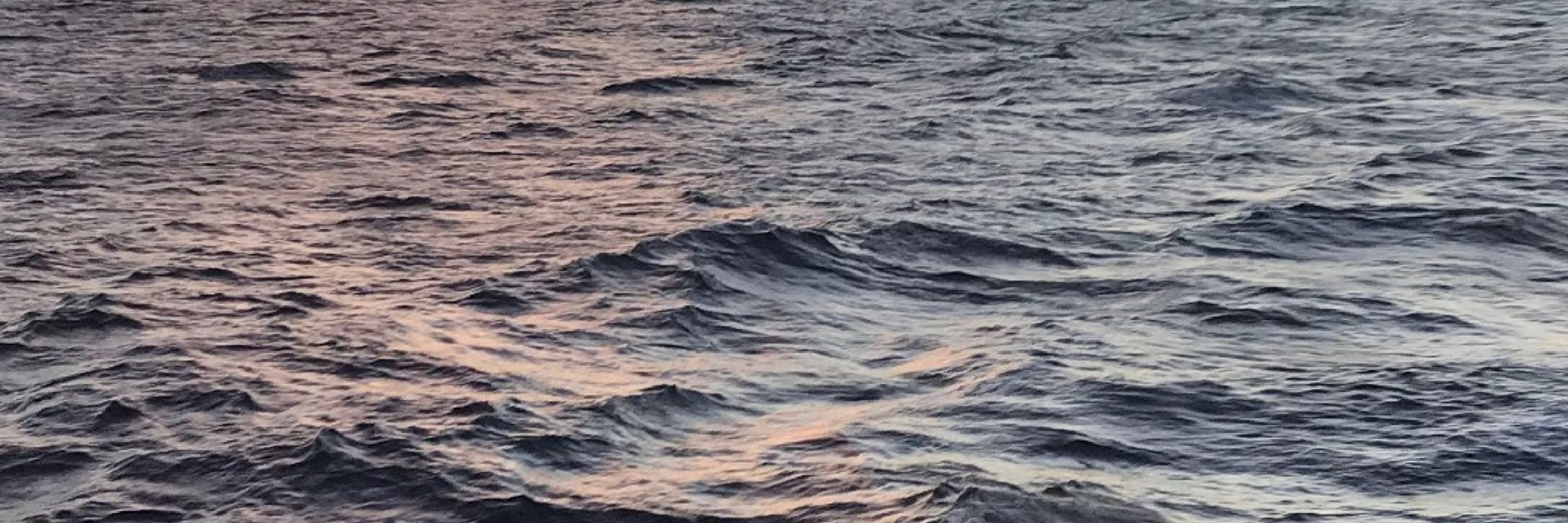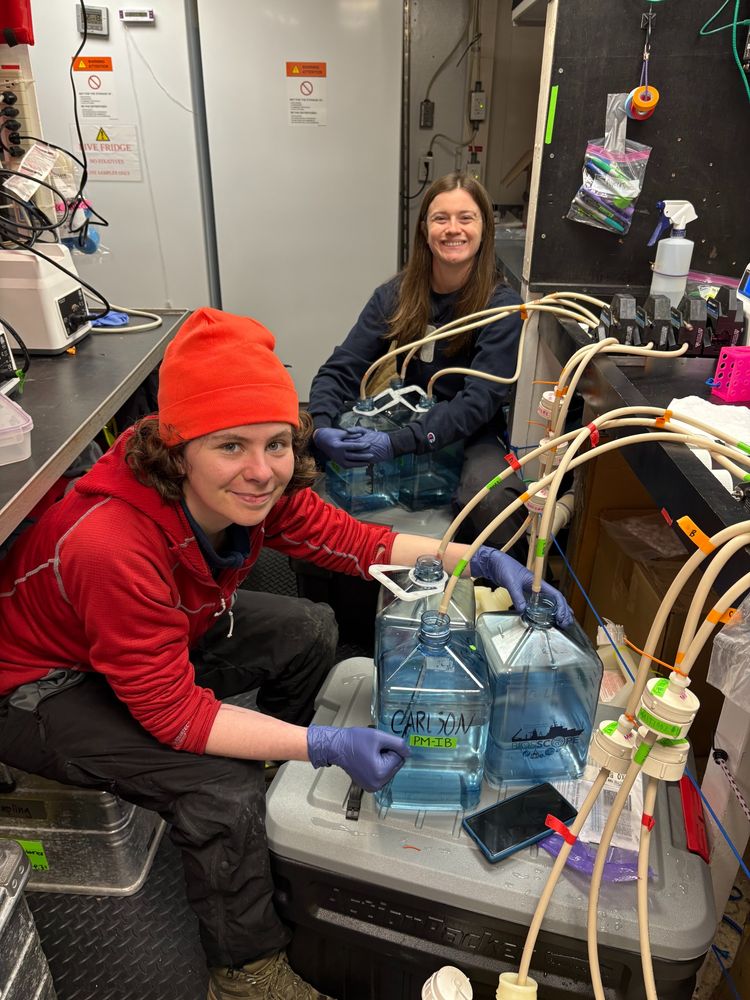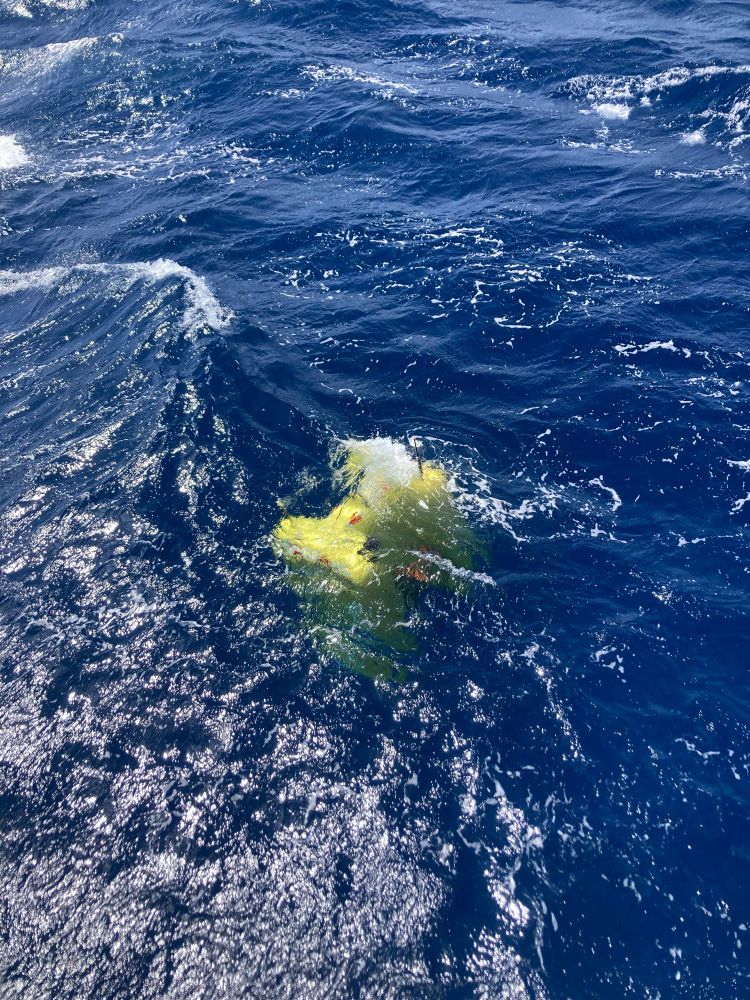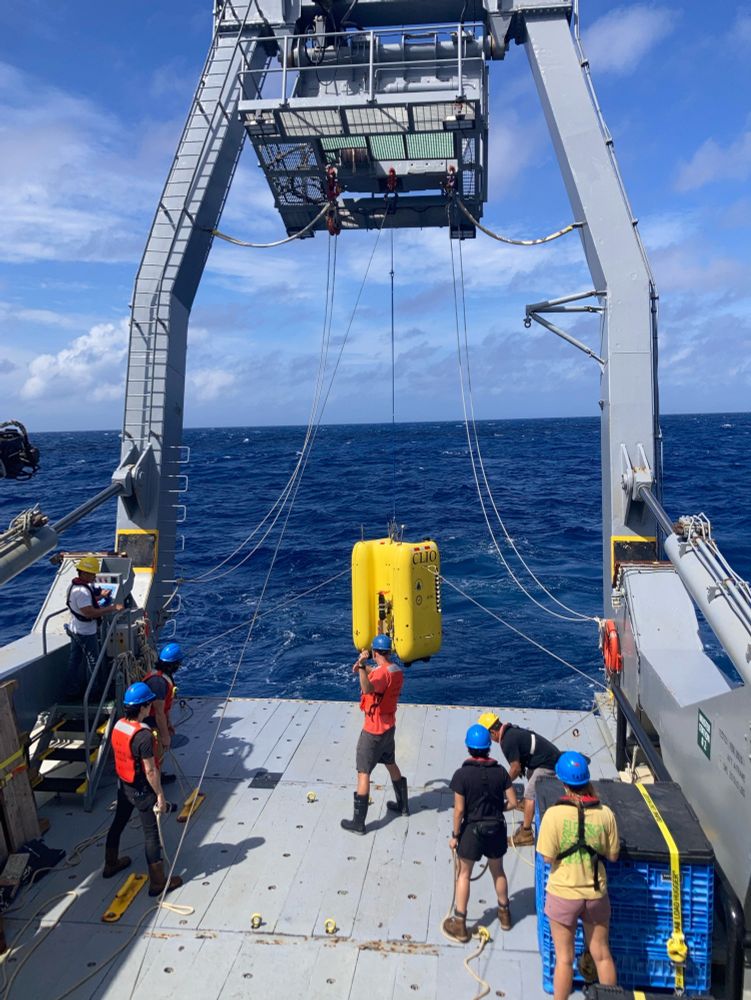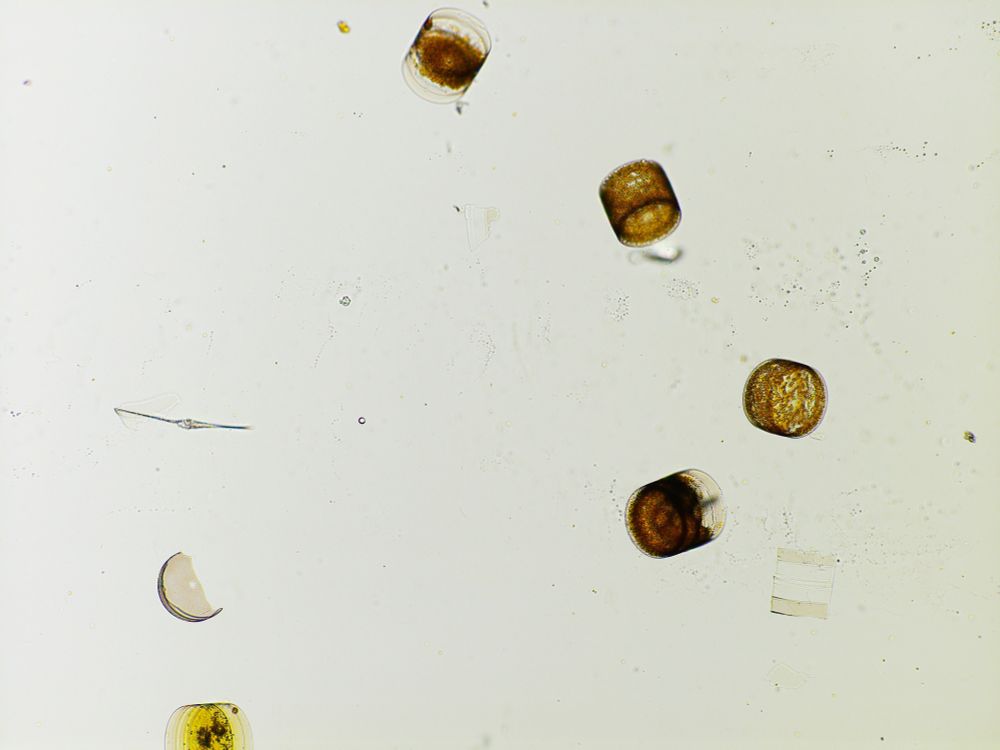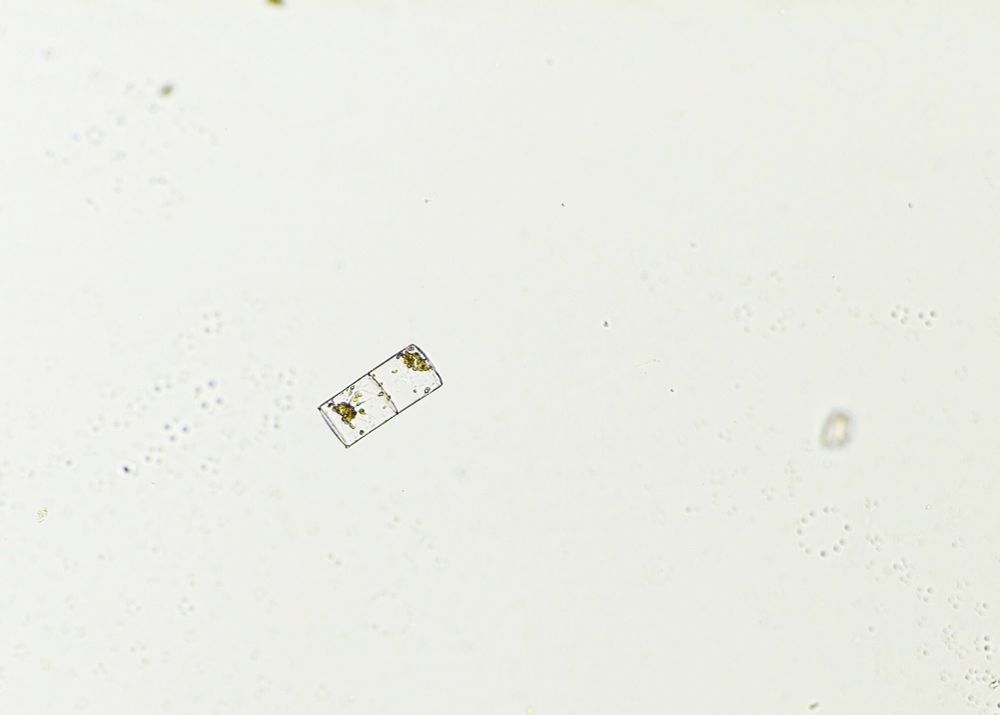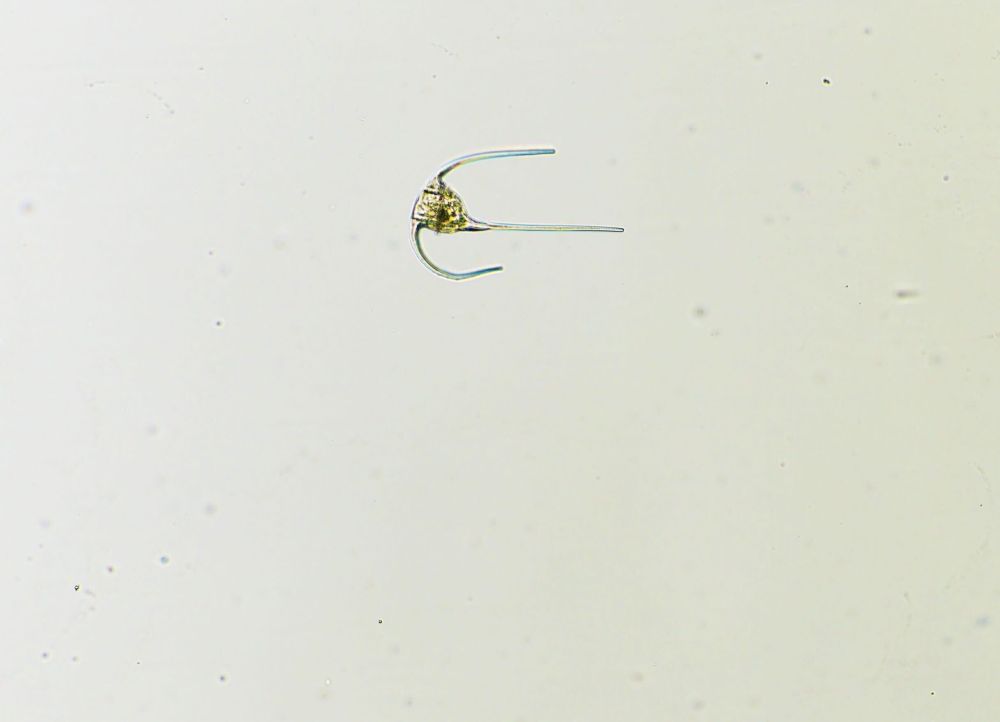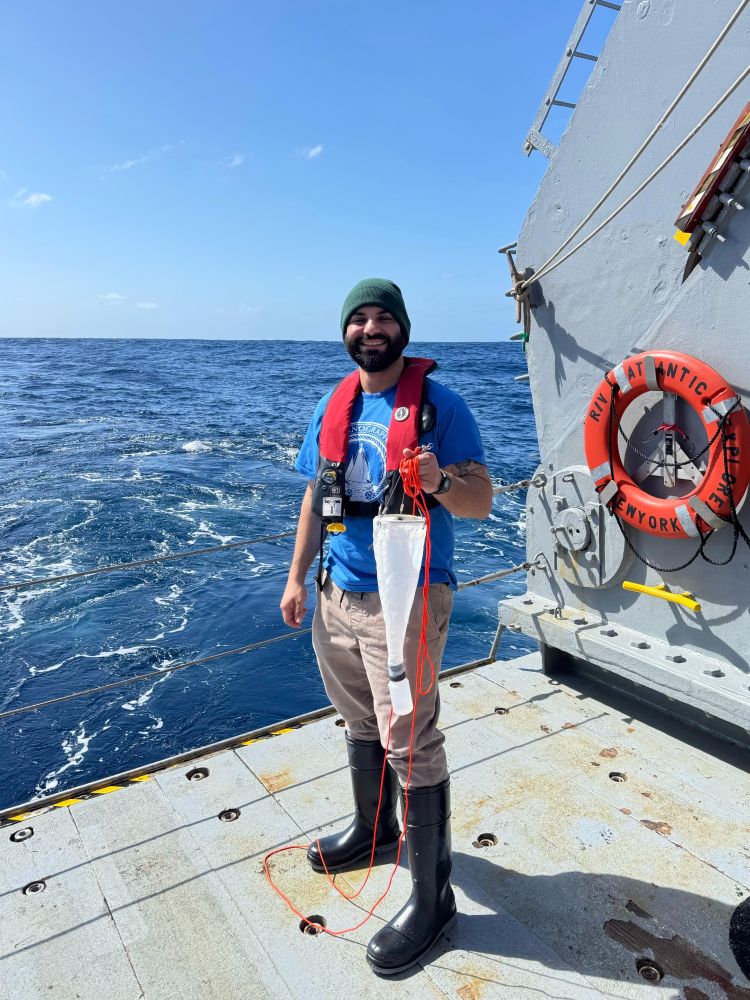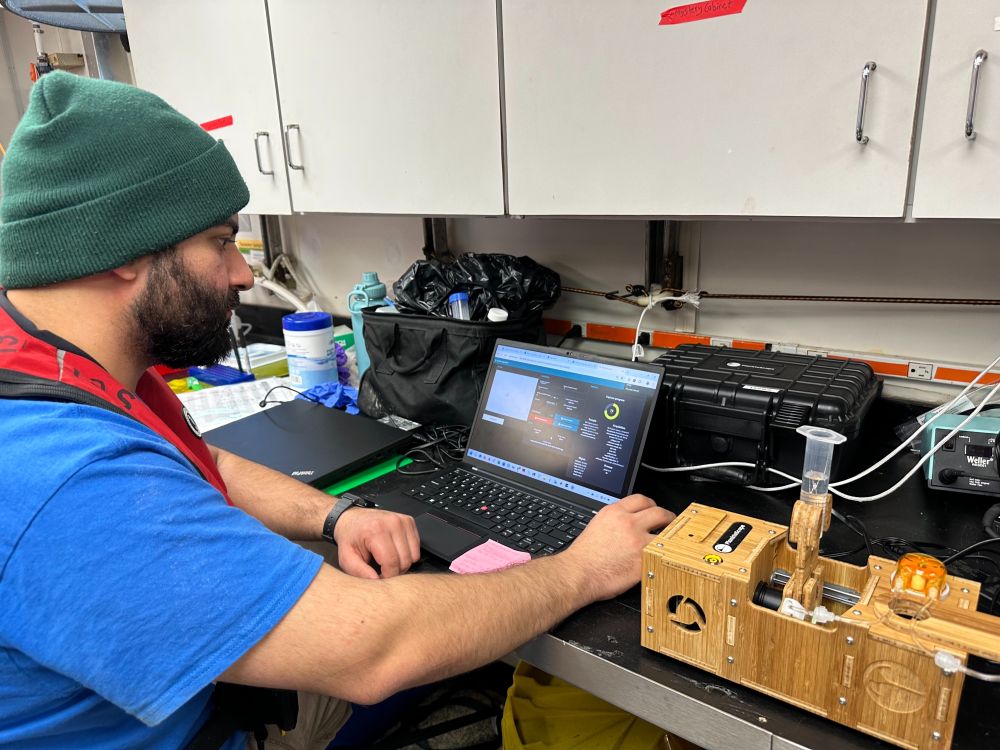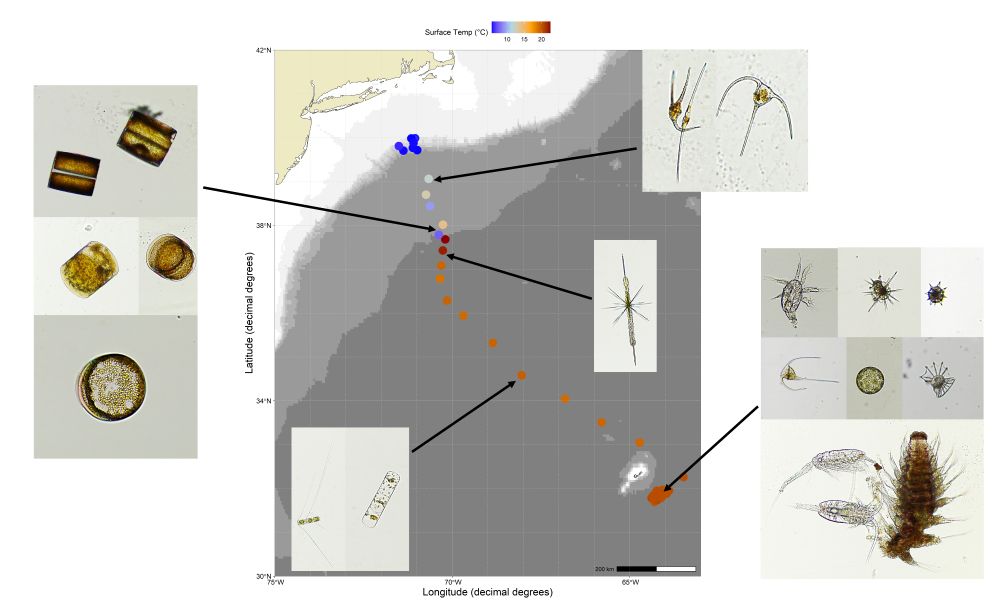Center for Chemical Currencies of a Microbial Planet (C-CoMP)
@microbialplanet.bsky.social
1K followers
330 following
170 posts
We are a NSF Science and Technology Center that explores how metabolite exchange through microbial networks impacts carbon cycling in the surface ocean
Posts
Media
Videos
Starter Packs
Reposted by Center for Chemical Currencies of a Microbial Planet (C-CoMP)
Reposted by Center for Chemical Currencies of a Microbial Planet (C-CoMP)
Reposted by Center for Chemical Currencies of a Microbial Planet (C-CoMP)
